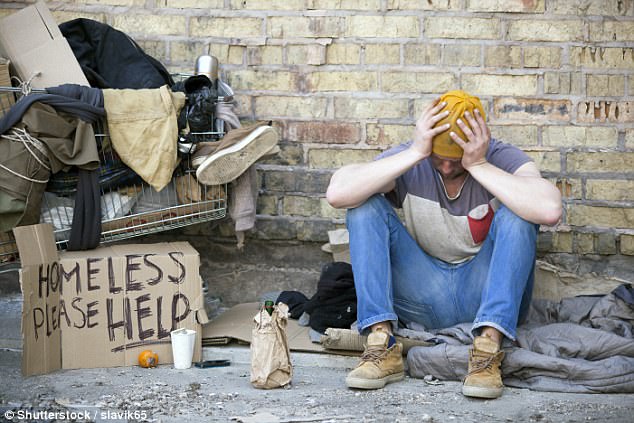Homelessness is a serious issue in Oregon. It has the third-highest rate of homelessness in the nation, based on a federal tally released in December. It also has the greatest rate of youth homelessness without a companion anywhere.
One promising idea, as state officials hurry to solve the issue, is to provide those teens with $1,000 cash per month with no conditions attached.
In February 2022, the Oregon Department of Human Services initiated the Direct Cash Transfer Plus Pilot. The program is intended for those who are homeless and between the ages of 18 and 24 who have “intentions of getting sheltered,” according to a study released by the DHS on the state’s juvenile homelessness a year ago.
According to the study, 120 youngsters in the state have gotten direct cash transfers thus far. Portland’s home county, Multnomah County, is home to about 75 of the awardees. Program participants began receiving initial payments in February 2023, and these payments are expected to continue until January 2025.

Monthly payments totaling $1,000 are paid to participants. Additionally, they may be eligible for a one-time $3,000 “enrichment fund” payout. After talking with participants who stated they were still facing “significant financial obstacles” following their initial program payments, the program began to administer the higher payment, according to the paper.
The only requirement for the program is that the candidate be a young person without housing, though candidates may be given preference based on other considerations, such as membership in the LGBTQ+ community. The money can be spent however participants see fit.
According to the DHS, beneficiaries stated that they primarily used the money for moving expenses, furniture maintenance, housing, and auto repairs.
According to the research, after 6 months, roughly 63% of the participants reported having found accommodation, despite the fact that over 65% of them had stated they were homeless before the payments started. The majority of beneficiaries—about 85%—stated that they still require “a minimum of occasional assistance” in order to obtain food.




